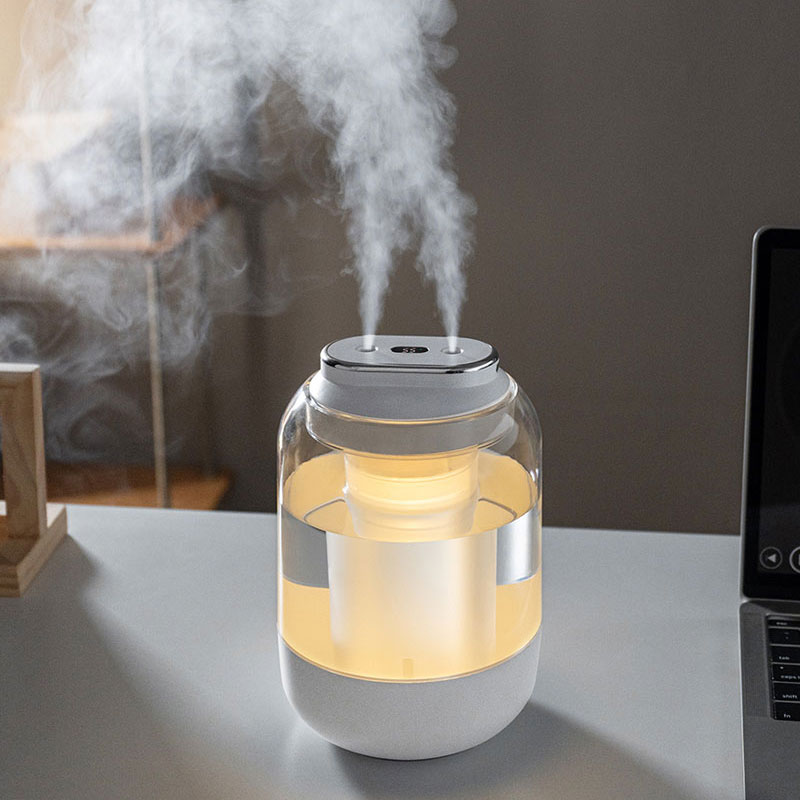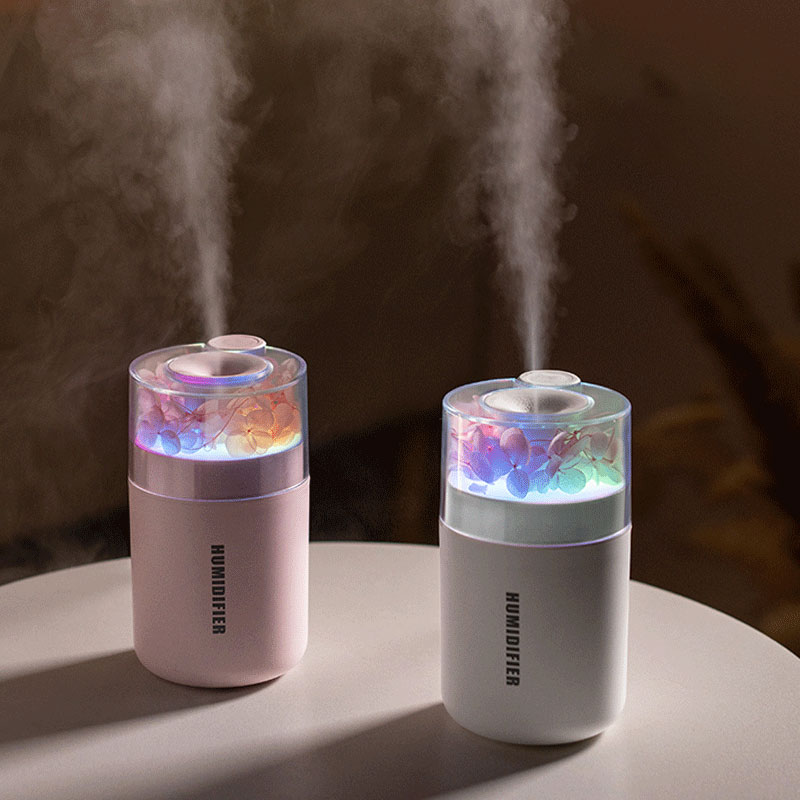
You know that antique oak dresser from your grandma or the acoustic guitar you strum late at night? They’re not just things. They’re treasures, right? But here’s the deal: wood doesn’t just sit there. It’s kind of alive, soaking up or losing moisture based on the air. That’s where humidity comes in. Get it wrong, and you’re looking at cracks that hurt to see or a warped neck that messes up your chords. This post dives into why keeping the air just right goes way past feeling cozy—it’s about saving your stuff. Stick with me for some real tips, a touch of science without the nerdy stuff, and how a simple gadget can save the day.
Let’s keep it simple. Wood craves balance. It pulls in moisture or lets it go, depending on the air. Experts say the best range for relative humidity (RH, the moisture in the air) is 40% to 60% for most homes. Drop below 40%, and it’s dry as a bone—think winter with the heater on full blast. Go above 60%, and it’s like a damp basement. I’ve seen it myself: a friend in dry Colorado watched his cherry coffee table crack like a desert floor after one brutal winter.
Why does this happen? Wood’s a sponge for water—it’s called hygroscopic. In dry air, it shrinks as moisture escapes, splitting seams. Too humid? It swells, throwing things off. Musical instruments are even fussier. They’re built for perfect sound. A violin from way back could lose its magic if the wood shifts just a bit. Off topic, but I once read about a museum guy freaking out over a priceless cello during a heat wave. A quick humidity check saved it.
Imagine it’s January. Snow’s falling, and the furnace is roaring. Your air’s drier than a cracker. For furniture, low RH—say under 35%—makes wood shrink. Cracks form along the grain. Joints get loose. Finishes split like old paint. Woodworking folks say wood can lose up to 8% of its moisture in super-dry air. That’s enough to shrink a tabletop by a quarter-inch per foot. Picture a wobbly chair leg or a cracked dresser top.
Instruments take it harder. Guitars, pianos, violins—they use tonewoods like spruce or maple for sound. Dry air makes them shrink, sinking tops or buzzing frets. A guitar maker once noted that acoustics built in 45% RH factories can crack in 20% RH homes. True story: my old Martin knockoff (not fancy, but I love it) started buzzing after a dry spell. Checked the hygrometer—28% RH. Ouch.
Now picture summer in the muggy South. Over 60% RH, wood swells. Furniture doesn’t crack, but glue joints weaken. Veneers bubble. Doors stick in frames. Ever wrestled with a swollen drawer? Total pain. For instruments, too much moisture warps necks, dulls sound, and invites mold. Brass parts on woodwinds rust. Pros suggest a cheap digital hygrometer—under $20—and quick action if levels spike.
Your dining table or bookshelf isn’t just decor. It’s part of your life. Proper humidity keeps it looking good for years. Antiques, often solid wood, are extra sensitive. In dry climates, I’ve seen oak cabinets get tiny cracks that grow into splits if ignored. A guy I know in Arizona runs a humidifier every winter. His teak credenza still looks brand new after ten years.
Here’s how to protect your furniture:
Check often: Use a hygrometer in every room. Aim for 40-50% RH.
Place smart: Keep furniture away from vents, windows, or sun. Those spots change fast.
Adjust by season: Add moisture in winter. Ventilate in summer.
Care tips: Wax or oil finishes yearly. It seals moisture without going overboard.
Think about real life. Hosting Thanksgiving with a warped walnut hutch door from dry air? Not cool. Studies show steady 45% RH can make wood last 20-30 years longer. It’s not hard—just consistent.
| Humidity Level | Effects on Wood Furniture | Example Impact |
| Below 40% | Shrinking, splitting | Oak table gets 1/8-inch gaps in panels |
| 40-60% | Steady, no big changes | Cherry dresser keeps tight joints for years |
| Above 60% | Swelling, loose joints | Mahogany cabinet doors stick, veneer lifts |
This table comes from restoration pros. Notice how 40-60% keeps everything calm?
Musicians, listen up. Your instruments aren’t just stuff—they’re part of you. Low humidity hits them hard. Wood shrinks, causing sharp frets on guitars or buzzing violin strings. Pianos? Their soundboards can crack, killing that rich tone. A piano tuner I know fixed a grand that warped in a drafty hall. Cost a fortune.
High humidity isn’t better. It swells bridges, throws off pitch, and loosens glue in cellos. Guitar necks bend forward, making them tough to play. Woodwinds like clarinets can crack from the inside. The fix? Keep RH at 40-50%. Use case humidifiers for travel, but for home, room humidifiers work best.
Here’s a tip: if you’re in a band, check venue humidity before gigs. One humid festival, my bass player’s neck twisted mid-set. Total vibe-killer.
Guitars: Store in cases with hygrometers. Acoustics need 45% RH to avoid sinking tops.
Pianos: Tune yearly to catch humidity shifts. Skip basements.
String Instruments (Violins, etc.): Spruce tops are picky. Watch them closely.
Woodwinds: Swelling causes pad leaks. Blame high RH.
Humidifiers are your secret weapon. They add moisture gently, stopping dry-air damage. Ultrasonic models make cool mist without heat—great for wood. No filters, just vapor. Take the portable mini humidifier with 7-color lights. It’s perfect for a car or small room, USB-powered, with a 300ml tank. It shuts off after 4-6 hours and doubles as a night light—nice for late-night strumming.
For bigger spaces, the 5L smart ultrasonic air humidifier covers up to about 108 sq ft. It’s got adjustable mist and a remote. Runs 16 hours on one fill. Then there’s the volcanic simulation one: 230ml, USB-powered, with flame-like mist for style. These aren’t toys—they keep RH steady without soaking things.
I’ve used one in my den. Kept my guitar playable all winter. Plus, it helps dry skin—a sweet side perk. Just clean weekly to avoid gunk.
Not all humidifiers are the same. Here’s a quick guide:
| Model Feature | Capacity | Coverage | Extras |
| Portable Mini | 300ml | Small rooms/cars | 7-color lights, auto-off |
| Volcanic Simulation | 230ml | Home/office | Night light, USB |
| Smart 5L | 5L | Up to about 108 sq ft | Timing, add essential oil |
Pick based on your space. Small apartment? Go portable. Big room with a piano? Get the 5L.

Before we finish, let’s talk about Ideal Tech. They’re a solid name in air care, based in Guangdong with everything from design to sales. They make humidifiers, aroma diffusers, and mini fans. Certified with BSCI, ISO14001, and FSC, they care about quality and the planet. Their ultrasonic cool mist humidifiers are top-notch for homes and offices, meeting standards like CE and ROHS. They work with folks in Europe, the US, and Asia, offering OEM services. If you need reliable gear, Ideal Tech’s got you covered.
So, there you have it. Proper humidity isn’t just nice—it’s a must for keeping your wood furniture and instruments in top shape. From saving your heirloom dresser from cracks to keeping your guitar’s tone crisp, 40-60% RH is the goal. A good humidifier and a hygrometer make it easy. Do it right, and you’ll avoid pricey repairs. Now, go check your air!
About 40-50% RH does the trick. Too low, and you get cracks. Too high, things swell. It keeps my stuff happy year-round.
Beyond comfort, how proper humidity protects your wood furniture and musical instruments means stopping the neck from warping or the top from sinking. Dry air sucks out moisture, causing buzzes or splits. My friend’s vintage guitar learned that the hard way.
You bet. An ultrasonic humidifier adds just enough mist to keep things balanced, especially in winter. It’s simple but beats fixing damage.
Winters dry out; summers get muggy. Checking RH regularly stops small problems—like a loose table joint—from getting big.
Get a hygrometer. They’re cheap. If it’s under 40%, run a humidifier. It’s an easy way to avoid trouble.